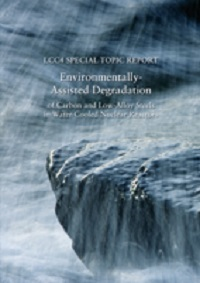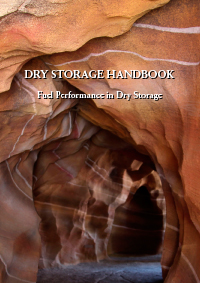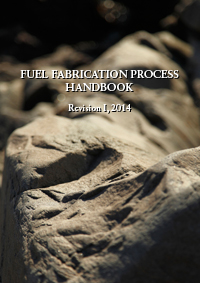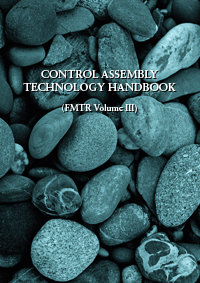(ZIRAT19/IZNA14 STR)
Hot Cell Post-Irradiation Examination Techniques for Light Water Reactor Fuels The growing operational demands on nuclear fuel, such as longer fuel cycles, higher burnups, and use of transient regimes, call for more robust fuel designs and more radiation resistant materials. Implementation of new materials and fuel designs that are able to meet these more challenging conditions requires adequate operational feedback and practical verification of models for prediction of fuel behavior. Post-irradiation examinations (PIE) provide fuel vendors and nuclear utilities with data on how newly developed or established materials withstand normal operating conditions in new environments. Post-irradiation examinations are largely carried out at a Hot Cell Laboratory where irradiated fuel rods and other bundle hardware can be received, handled, examined, and tested. The investigation results provide information for fuel improvement and, thereby, can potentially enhance operating efficiency and reliability. The objectives of the hot cell examination of failed and sound sibling rods are to; characterize the fuel rod conditions associated with failure, identify the fuel failure mechanism, and provide insight into the root cause of the failures. The objectives of the hot cell examination of the fuel bundle hardware vary with the component being examined. The hot cell examinations/testing include a number of tasks selected to address these objectives using available hot cell capabilities. This Special Topic Report provides an overview about the status of post-irradiation examination (PIE) and inspection techniques for nuclear fuel and their applications for analysis of material degradation during fuel operation in a reactor core. Emphasis is given to advanced non-destructive and destructive PIE techniques applied to LWR fuel rods and bundle hardware. The objective of this STR is to provide this knowledge.
DOWNLOAD SAMPLE | DOWNLOAD PRODUCT SHEET










